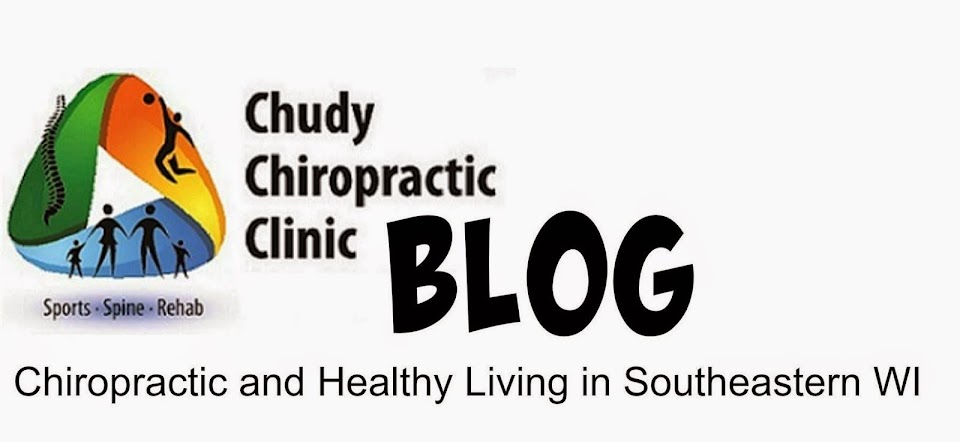This the second in a series on Chiropractic Lingo to empower you to understand exactly what your chiropractor is talking about and why.
If you've been seeing a chiropractor for very long, you've probably heard the word subluxation - and you probably know that it's not a good thing! But what exactly is a subluxation, and why do chiropractors try to eliminate them?
Subluxation is probably the most important concept historically and philosophically within chiropractic. Basically, it's a theory that attempts to explain why chiropractic works.
The idea is that an subluxation is a fixated or misaligned spinal segment that can cause neuromusculoskeletal and organ-related problems. In simplest terms: Your spine is not where it should be, and that is causing direct and indirect related health problems.
This concept has been hotly debated and contested since chiropractic's conception. This quote by Ted Koren, DC, from his paper titled "Does the Vertebral Subluxation Exist?", offers a helpful and well-rounded perspective for those who wish to know more:
The vertebral subluxation cannot be precisely defined because it is an abstraction, an intellectual construct used by chiropractors, chiropractic researchers, educators and others to explain the success of the chiropractic adjustment.This is not a unique state of affairs, abstract entities populate many branches of science...
Subluxations, genes, gravity, the ego and life are all heuristic devices, "useful fictions" that are used to explain phenomenon that are far larger than our understanding. We use them as long as they work for us and discard or limit their application when they become unwieldy or unable to account for new observations...
Critics of chiropractic have incorrectly assumed that chiropractic is based on the theory or principle that vertebral subluxations cause "pinched" nerves that cause disease. They have it backwards. Chiropractic is based on the success of the spinal adjustment. The theory attempting to explain the success of the adjustment (nerve impingement, disease, subluxations) followed its clinical discovery....
When chiropractors declare that "pinched nerves" "nerve impingement" "spinal fixations" or others mechanisms of action explain how subluxations affect the person and how chiropractic works they are making the same mistake medical critics make - assuming chiropractic is based on theory. Mechanisms and theories are useful tools, but their limitations should always be kept in mind.


No comments:
Post a Comment